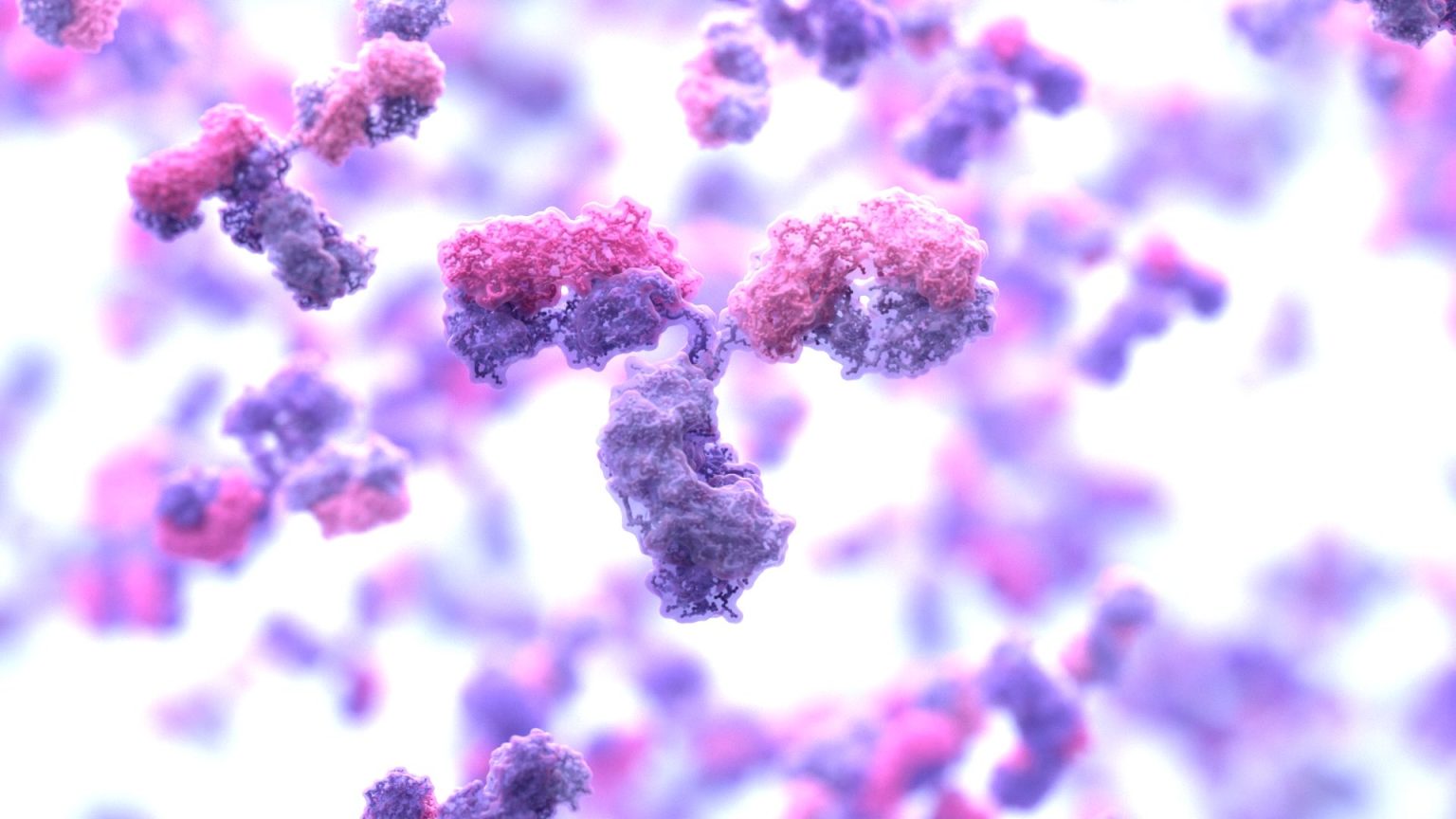AI-Designed Antibodies: From Science Fiction to Reality
In a groundbreaking scientific achievement that once seemed like a distant dream, researchers from Nobel Laureate David Baker’s lab at the University of Washington’s Institute for Protein Design (IPD) have successfully used artificial intelligence to design antibodies entirely from scratch. This remarkable feat, published in the prestigious journal Nature, represents what head of electron microscopy R&D at IPD Andrew Borst described as “a grand challenge – a pipe dream” that has now become reality. The accomplishment could revolutionize the $200 billion antibody drug industry, opening up possibilities that were previously unimaginable. By creating antibodies that successfully bind to their intended targets without using traditional animal-based methods, the team has demonstrated the potential for faster, more precise development of life-saving therapeutics for conditions ranging from cancer to autoimmune diseases.
The achievement builds upon the foundation of David Baker’s Nobel Prize-winning work in protein design. Baker received the Nobel Prize in Chemistry last year for his pioneering efforts in understanding protein structures and developing AI tools to build and test new ones. Traditional antibody development has historically been a laborious, expensive process that relied on immunizing animals and hoping they would produce useful molecules. While this approach has yielded important therapeutic antibodies, the new AI-powered method offers unprecedented precision and efficiency. The technology learns from existing proteins and their functions, then creates designs tailored to specific challenges. This computational approach eliminates much of the guesswork and limitations inherent in animal-based antibody production, potentially accelerating the development timeline for new treatments.
The research team focused specifically on the six loops of protein found on an antibody’s arms – the “fingers” that grab onto targets. What makes this approach revolutionary is its comprehensive nature. As IPD postdoctoral researcher Robert Ragotte explained, “We are starting totally from scratch – from the loop perspective – so we’re designing all six. But the rest of the antibody, what’s called the framework, that is actually staying the same.” This strategic balance is crucial, as maintaining the familiar human framework of the antibody means a patient’s immune system would be more likely to accept the drug rather than attack it as a foreign molecule. The researchers tested their computer-designed antibodies against real-world targets including hemagglutinin (a protein on flu viruses that enables cell infection), a toxin produced by C. difficile bacteria, and other clinically relevant targets.
The laboratory tests yielded remarkable results, with most of the newly designed antibodies binding to their targets exactly as the digital simulations had predicted. “They were binding in the right way with the right shape against the right target at the spot of interest that would potentially be useful for some sort of therapeutic effect,” Borst explained, calling the outcome “really incredible.” What made the process particularly effective was the close collaboration between computational and wet lab biologists, creating a feedback loop that allowed the team to continuously refine their digital designs based on experimental results. This integrated approach ensured that theoretical models were grounded in biological reality, enhancing the practical utility of the resulting antibodies.
In a move that reflects the collaborative spirit of scientific advancement, the software used to create these antibodies has been made freely available on GitHub for researchers worldwide. At the same time, some of the technology has been licensed by Xaira Therapeutics, a biotech startup led by IPD alumni, highlighting the commercial potential of this breakthrough. Several authors of the Nature paper currently work for the company, demonstrating the seamless transition from academic research to practical applications. While the study successfully demonstrated the concept of AI-designed antibodies, the researchers acknowledge that creating actual therapeutic drugs requires additional optimization for features like solubility, target affinity, and minimizing unwanted immune responses. These next steps represent ongoing challenges in the field but are now more attainable thanks to this fundamental advance.
The significance of this achievement becomes even clearer when considering the perspective of researchers like Ragotte, who previously worked on conventional antibody discovery using animal-based methods. Just a few years ago, the idea of designing antibodies from scratch using a computer seemed like science fiction. “We would talk about it, but it didn’t even seem like a tractable problem at that point,” Ragotte recalled. Now, that seemingly impossible dream has become reality, opening up a new frontier in protein design and therapeutic development. The research, titled “Atomically accurate de novo design of antibodies with RFdiffusion,” was led by a diverse team of scientists including Nathaniel Bennett, Joseph Watson, Robert Ragotte, Andrew Borst, DéJenaé See, Connor Weidle, Riti Biswas, and Yutong Yu, with David Baker as the senior author.
This landmark achievement represents more than just a scientific advancement; it embodies the transformative potential of combining artificial intelligence with biological sciences. By reimagining how we design therapeutic proteins, the researchers have potentially shortened the path from concept to treatment, which could ultimately benefit patients waiting for new therapies. As the field continues to evolve, the current breakthrough may one day be seen as just the beginning of an entirely new paradigm in medicine – one where precision-designed proteins address previously untreatable conditions. The journey from “pipe dream” to published research underscores how rapidly the boundaries of what’s possible continue to expand in our age of computational biology, offering hope for faster, more effective solutions to some of humanity’s most challenging health problems.


